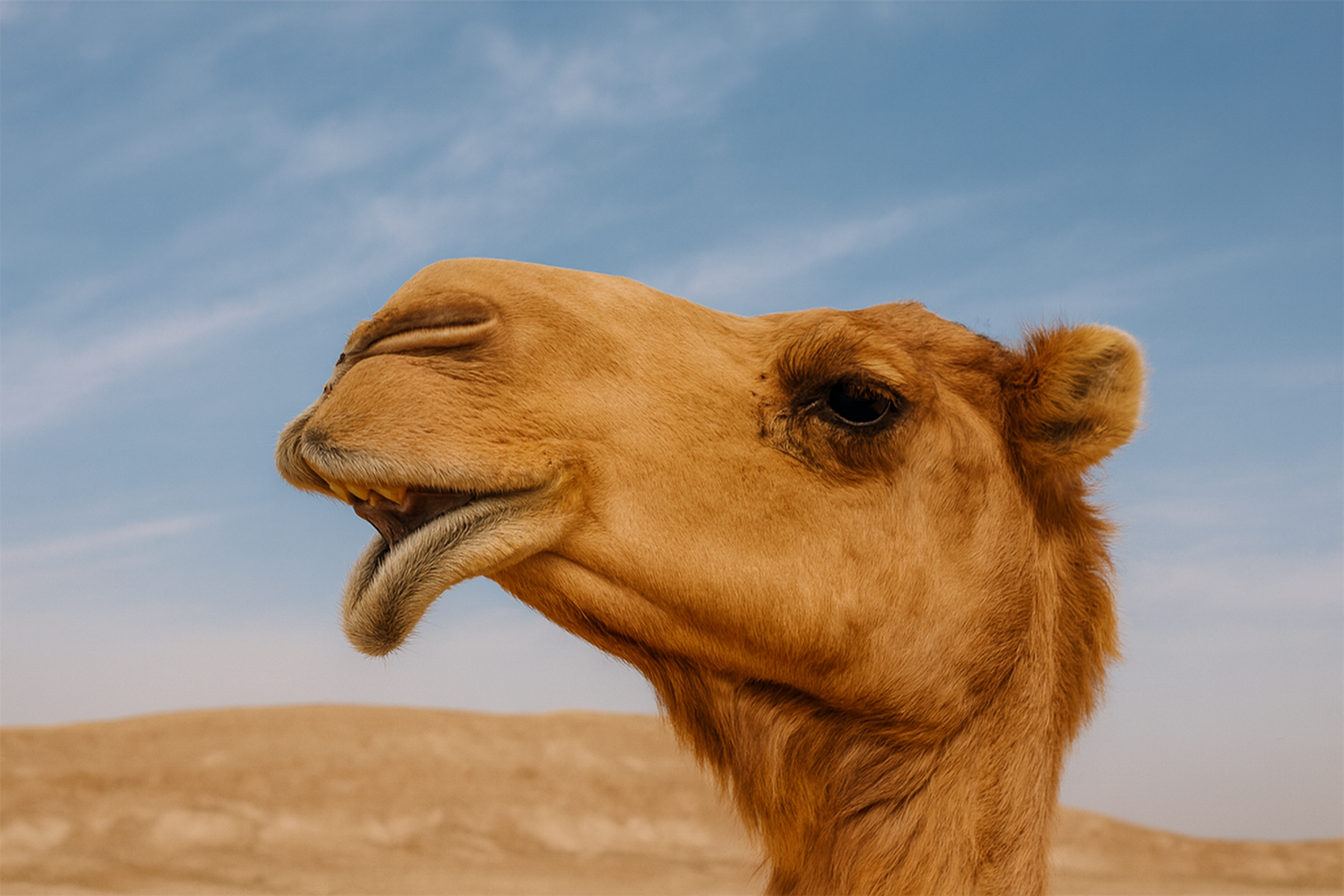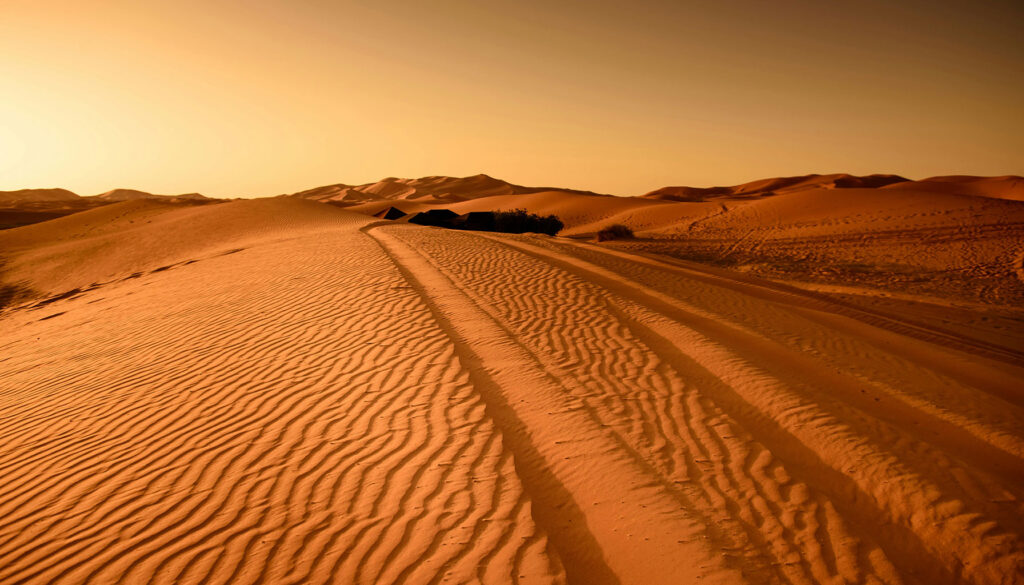
Bir Tawil desert is where myth, history, and geopolitics converge. Discover a forgotten corner of the Nubian desert
Table of Contents Bir Tawil desert
The Bir Tawil desert, a land claimed by no nation, hides extraordinary wonders beneath its silence and sand
The last terra nullius on Earth
Perhaps the most extraordinary wonder of the Bir Tawil desert is that it remains one of the only places on Earth that no recognized country claims. Neither Egypt nor Sudan assert ownership, due to conflicting border interpretations. This legal anomaly creates a rare case of terra nullius—land belonging to no one. In a world where territorial disputes dominate international relations, Bir Tawil defies conventional borders. It is a geopolitical void that inspires legal theorists, visionaries, and alternative governance movements seeking new ways to define sovereignty.
Possible hidden water beneath the sand
Though unconfirmed by detailed surveys, Bir Tawil lies near the margins of the Nubian Sandstone Aquifer System, a vast fossil water reservoir beneath northeastern Africa. Scientists speculate that peripheral branches or isolated pockets of this ancient aquifer may extend beneath or near Bir Tawil. If true, it could mean that this barren desert hides deep, millennia-old water stores—vital for any future sustainable development. For now, this remains a mystery, adding to the allure and scientific curiosity of the region.
A sky untouched by modern light
The Bir Tawil desert offers an unspoiled view of the cosmos, free from the interference of artificial lights. With no infrastructure, no cities, and no roads, the night sky becomes a brilliant tapestry of stars, planets, and the Milky Way stretching from one horizon to the other. For astronomers and dreamers alike, it is a perfect sanctuary for stargazing. Here, the silence of the desert is matched only by the grandeur of the universe above, making it a unique place for celestial observation.
A living experiment in new sovereignty
Unlike border zones filled with conflict, Bir Tawil has become a peaceful space for rethinking the concept of governance. It has attracted visionaries who see it as a blank canvas for diplomatic innovation, environmental stewardship, and legal experimentation. The Principality of Bir Tawil, for example, proposes a decentralized model of governance rooted in sustainability and individual freedoms. In a land without imposed authority, these initiatives represent a new kind of sovereignty—one based on consent, not conquest.
Echoes of ancient cultures in the sand
While Bir Tawil lacks monumental ruins, it forms part of the Nubian Desert’s cultural memory. This region was once a corridor for ancient traders, nomads, and even armies. Stone tools found in the wider Nubian area, crafted using techniques like the Nubian Levallois method, suggest that early humans adapted their technologies to desert life. Though uninhabited today, Bir Tawil sits on the edges of ancient movements, linking it to the broader history of Nubia, Kush, and early desert civilizations.
Bir Tawil desert holds secrets that transcend time and nation
The Bir Tawil desert, nestled within the vastness of the Nubian Desert, holds secrets that transcend time and nation. Unlike other regions known for political disputes, Bir Tawil exists as a peculiar anomaly—a land claimed by no recognized state, yet rich in ecological, historical, and geopolitical intrigue. Far more than a barren zone, the Bir Tawil desert unfolds as a theatre of ancient civilizations, shifting sandscapes, rare biodiversity, and a bold new chapter in alternative governance.
Stretching across northeastern Africa, the Nubian Desert covers an estimated 400,000 square kilometers between the Nile River and the Red Sea. This formidable terrain lies primarily in Sudan but spills into southern Egypt. Within this formidable expanse lies the Bir Tawil desert—a trapezoidal strip of land covering just over 2,000 km², locked between borders yet untouched by national claims. It is one of the last remaining terra nullius on Earth, and arguably the most geopolitically curious region in the entire Nubian corridor.
The land’s isolation is part of its enigma. Harsh, dry, and almost entirely devoid of permanent settlement, the Bir Tawil desert is easily dismissed as irrelevant on modern maps. Yet this space defies simplicity. Its natural features, archaeological remnants, and recent political developments make it a place of increasing fascination.

Ancient Echoes Beneath the Sands
Long before Bir Tawil became known for its legal limbo, it formed part of a greater continuum of cultural and commercial exchange. This area, like much of the Nubian Desert, was once a vibrant node on the ancient trade routes that connected the heart of Africa with Egypt and the Mediterranean. Traders crossed its barren expanses with caravans laden with incense, gold, ivory, and slaves. The silence of the Bir Tawil desert today masks the thundering hooves and bustling barter that once filled its air.
Even without permanent settlements, the region bears archaeological relevance. Stone tools and pottery shards discovered in the broader Nubian landscape suggest intermittent human presence dating back tens of thousands of years. The technology used, especially in crafting pointed blades — commonly known as “Nubian Levallois” technique — was adapted specifically for desert survival. These tools may well have been used in what we now refer to as the Bir Tawil desert.
What truly makes the Bir Tawil desert unique is not only what lies on the surface but what exists below. Like much of the Nubian Desert, Bir Tawil sits above part of the Nubian Sandstone Aquifer System—one of the largest fossil water reserves on Earth. Despite the surface receiving barely five inches of rainfall annually, this aquifer represents a hidden source of life in one of the driest regions in the world.
The region’s geological profile consists of wind-sculpted ridges, arid plains, and scattered rock formations that speak to millennia of erosion. During rare rain events, dry valleys called wadis may briefly fill with water, supporting vegetation and wildlife before disappearing once more into the sun-baked soil.

Biodiversity in Extremes in the Bir Tawil desert
Unlike every other part of the Nubian Desert, Bir Tawil is not claimed by any state. This legal paradox dates back to the colonial demarcation disputes between Egypt and Sudan. Egypt recognizes a border that excludes Bir Tawil but includes the nearby Hala’ib Triangle, a valuable coastal region on the Red Sea. Sudan, on the other hand, recognizes the reverse. As a result, Bir Tawil is left in a state of legal limbo—claimed by neither, contested by none.
This situation has transformed the Bir Tawil desert into a blank canvas for sovereignty experiments. Among the most notable is the Principality of Bir Tawil, a self-proclaimed micronation that seeks to inject meaning and structure into this ungoverned zone. Founded on principles of diplomatic innovation and sustainable development, this principality stands as a symbol of how sovereignty can be reimagined when traditional states abandon land.
Despite its parched terrain, the Bir Tawil desert is not devoid of life. Much like its surroundings in the greater Nubian ecosystem, the region provides refuge to species uniquely adapted to thrive in dry, rocky environments. Reptiles, rodents, and insects hide beneath stones or burrow into the sand to escape the searing sun.
Occasional migratory birds dot the sky during specific seasons, and rare vegetation appears in patches during fleeting rainfall. Some of the desert’s neighbors, like the vulnerable Nubian ibex or the critically endangered Medemia Argun palm, symbolize the delicate ecological balance of desert life. Though not currently cataloged specifically in Bir Tawil, the proximity and ecosystem continuity make such species relevant to its environmental narrative.

Treasure Beneath the Surface
The Bir Tawil desert shares in the mineral richness of the Nubian region. Ancient civilizations exploited gold deposits scattered across this belt, including regions close to modern Bir Tawil. Gold was not merely a symbol of wealth—it was deeply spiritual, representing eternal life to the Egyptians and a link to divine power.
While the Bir Tawil desert has yet to see modern industrial mining, the geological surveys conducted in adjacent areas point to the presence of valuable minerals including gold, iron ore, and manganese. The untouched nature of the land raises questions about the future: should its resources be developed, preserved, or left in stasis under alternative governance?
One of the least discussed but most enchanting features of the Bir Tawil desert is its night sky. The absence of electricity, roads, or urban light makes the region a pristine stargazing location. The heavens stretch unobstructed over the desert’s flat horizon, turning the Bir Tawil desert into a celestial observatory.
Astronomers and astrophotographers seeking remote locations increasingly consider places like Bir Tawil. Here, one can witness meteor showers, planetary alignments, and the Milky Way in full clarity. The desert, once feared for its isolation, becomes a gateway to the universe above.
Though the Bir Tawil desert itself is uninhabited, it lies close to regions where the Nubian languages continue to survive against the odds. These languages—such as Nobiin and Kenzi-Dongolawi—carry the memory of ancient civilizations. As nomadic tribes historically moved through the Nubian Desert, they transported more than goods—they passed along oral histories, myths, and linguistic traces that resonate even today.
If Bir Tawil is seen as a desert with no country, it is still part of a broader cultural landscape that binds people to land through memory, not merely through borders.
The 2008 Meteorite That Landed Nearby Bir Tawil desert

In October 2008, a cosmic visitor arrived near the Bir Tawil desert. Asteroid 2008 TC3 exploded over the Sudanese part of the Nubian Desert, becoming the first meteorite impact to be predicted in advance. The explosion scattered hundreds of meteorite fragments across the desert, later collected under the name “Almahata Sitta.”
Although the exact impact site lies south of Bir Tawil, the event highlights the region’s scientific importance. The desert became a natural lab for studying ureilites—rare meteorites with nanodiamonds formed under high pressure. Events like this elevate the Bir Tawil desert from obscurity to astronomical relevance.
What does it mean for a desert to be unclaimed? Is Bir Tawil simply a geopolitical loophole, or does it offer a unique opportunity to rethink the relationship between people and land? The Principality of Bir Tawil answers with boldness. Rather than seeing the desert as empty, it sees potential. Rather than leaving it voiceless, it offers representation.
Initiatives tied to the Principality envision a future where governance is not imposed by distance but shaped by proximity, sustainability, and human dignity. Diplomatic roles, environmental stewardship, and experimental sovereignty models all converge in this harsh yet hopeful landscape.
The Bir Tawil desert, set in the heart of the Nubian expanse, remains untouched by the fever of nationalism yet touched deeply by history, geology, astronomy, and alternative governance. It resists easy categorization. Neither wasteland nor wonderland, it is a liminal zone where past, present, and possible futures meet.
In an age of disappearing frontiers, the Bir Tawil desert stands as a reminder that there are still places where new ideas can take root—where sovereignty can be more than a flag, and deserts can offer more than sand.




